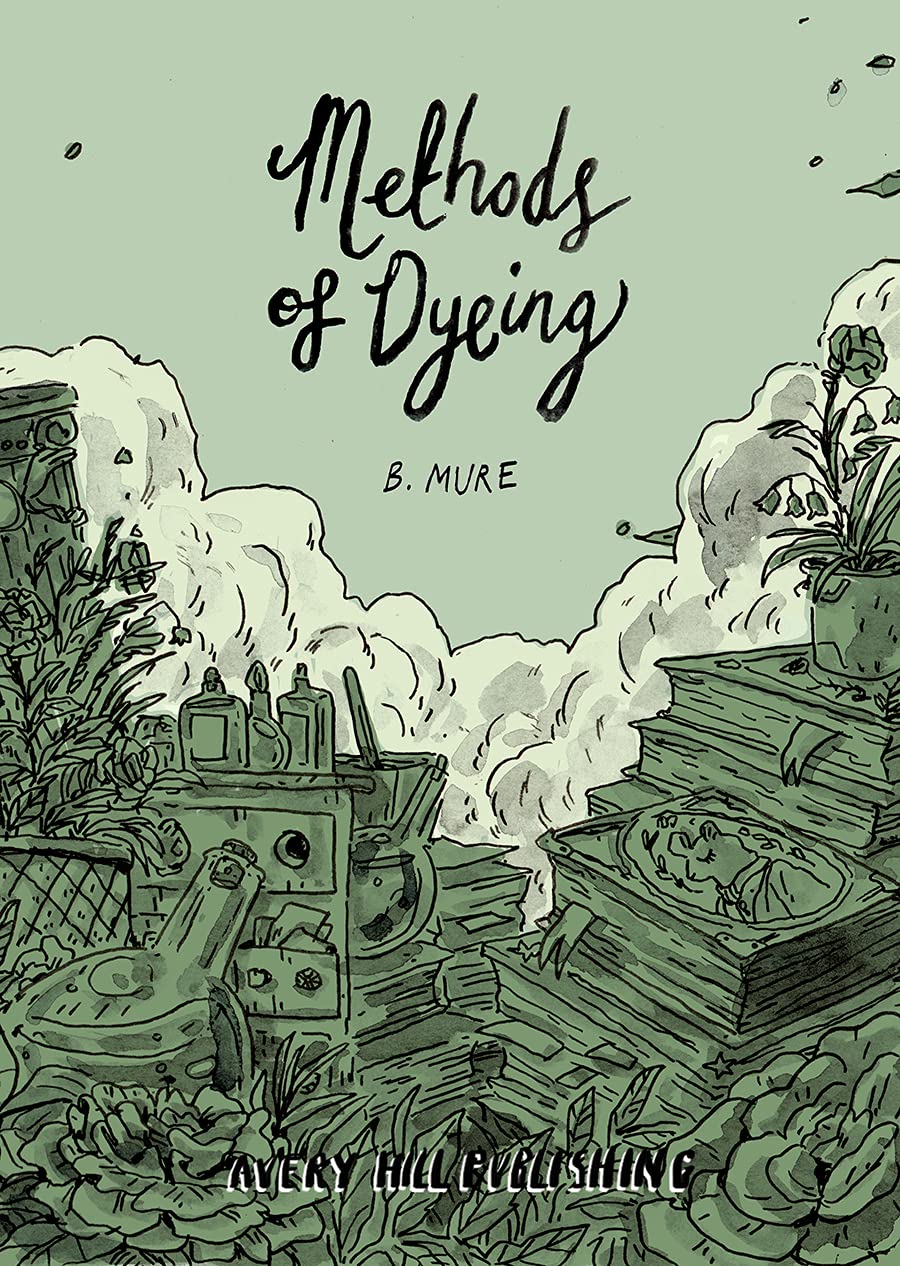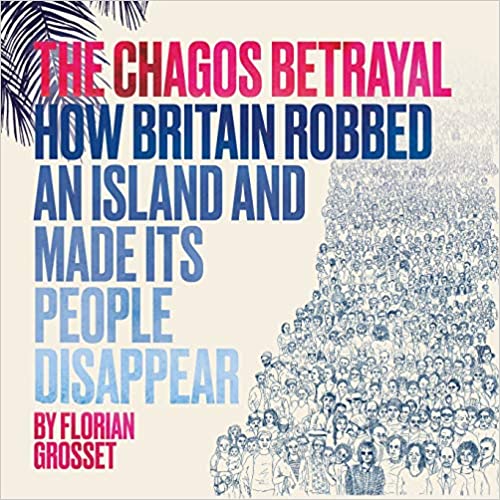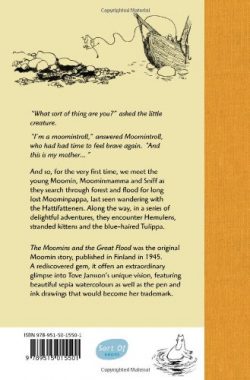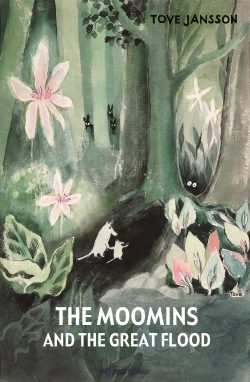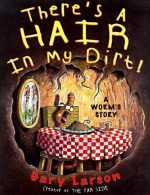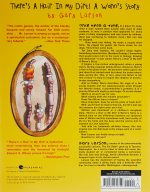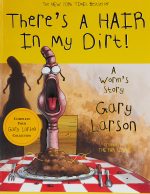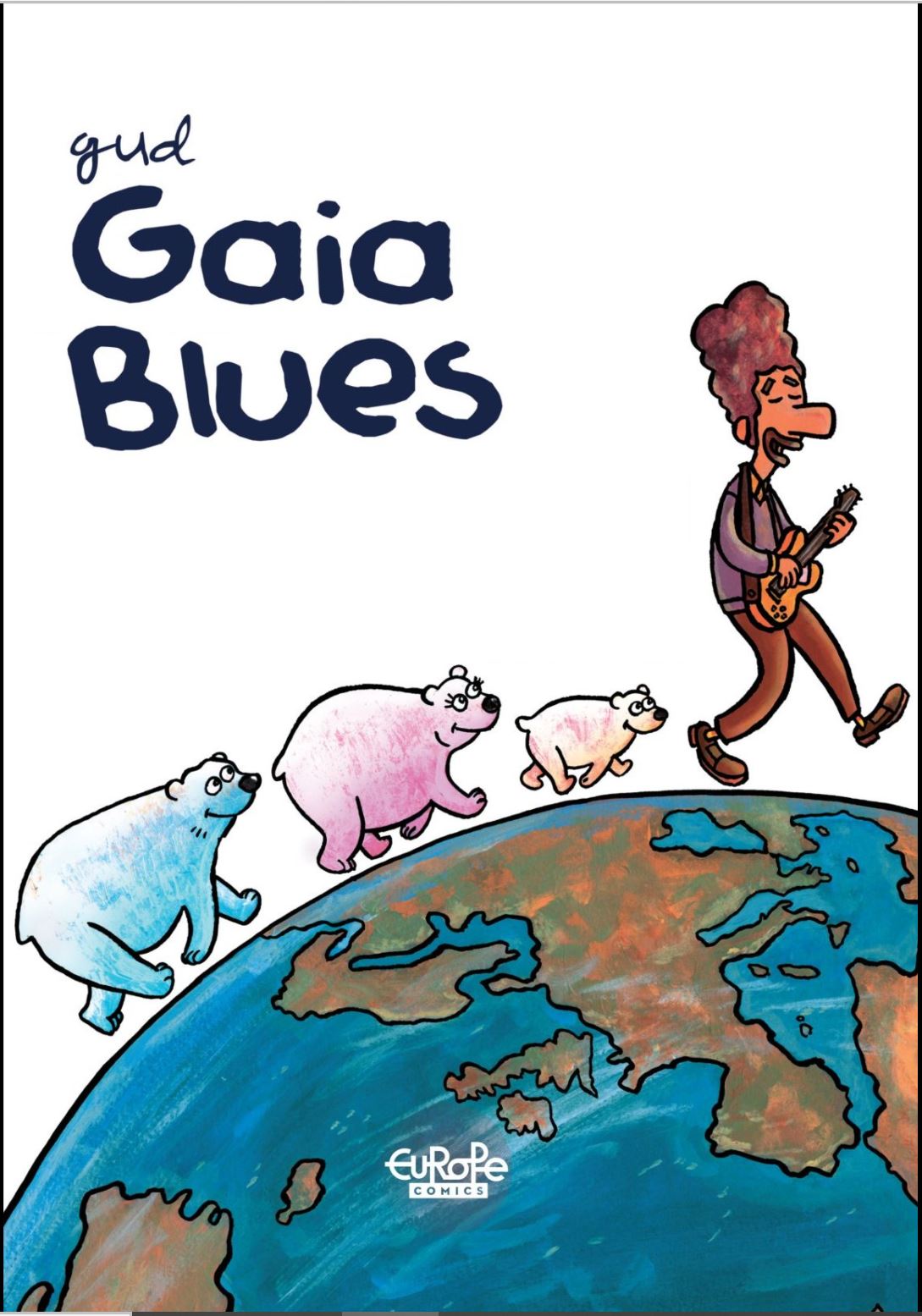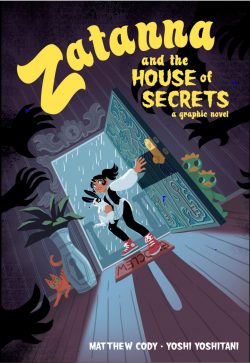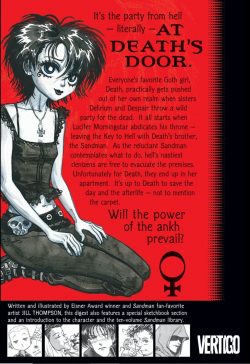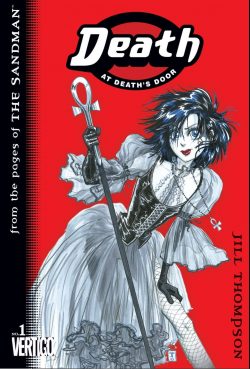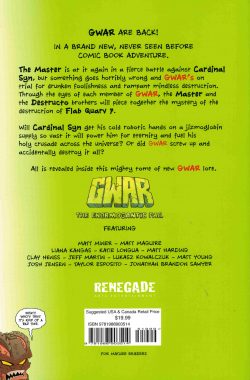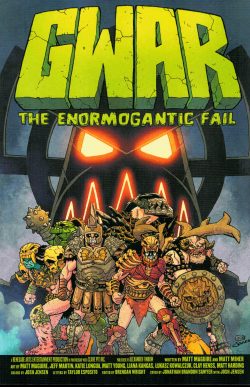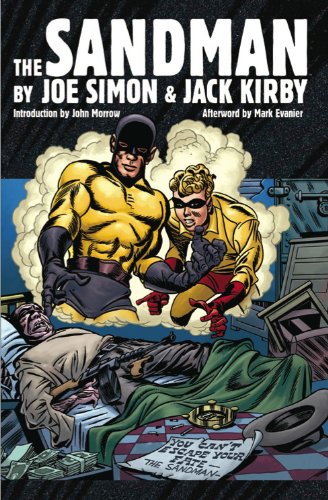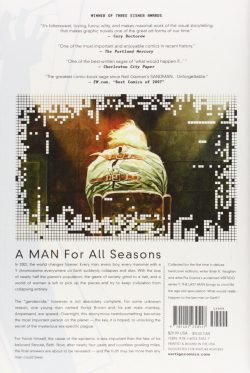
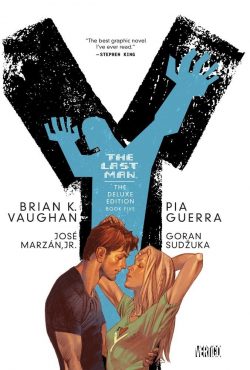
By Brian K Vaughan, Pia Guerra, Goran Sudžuka, José Marzán Jr. & various (Vertigo)
ISBN: 978-1-4012-3051-7 (HB) 978-1-4012-6372-0 (TPB)
Win’s Christmas Gift Recommendation: Timeless Treat and Salutary Warning All in One… 9/10
When an apparent plague killed every male on Earth, student Yorick Brown and his pet monkey Ampersand survived in a world instantly and utterly all-girl. Unexpectedly and unwillingly a crucial natural resource, the wilful lad was confiscated by the new government – his mother – as a potential solution to the problem. Even with a government super-agent and a clued-in geneticist escorting him across the unmanned American continent to a Californian bio-lab for research purposes, all the boy could think of was re-uniting with his girlfriend Beth, trapped in Australia since disaster struck.
With his rather reluctant companions secret agent 355 and Dr. Allison Mann – also deeply invested in solving the mystery of his continued existence – the romantically determined oaf trekked overland from Washington DC to California, getting ever closer to his fiancée… or so he thought.
Each of his minders harbours dark secrets: Dr. Mann fears she might have actually caused the plague by giving birth to the world’s first parthenogenetic human clone, whilst lethally competent 355 has old allegiances to organisations far-more far-reaching than the American government….
Also out to stake their claim and add to the general tension are renegade Israeli General Alter Tse’Elon and post-disaster cult “Daughters of the Amazon†who want to make sure that there really are no more men left to mess up the planet. Further complications include Yorick’s occasionally insane sister, Hero – stalking him across the ultra-feminised, ravaged and now utterly dis-United States – and the inexplicable-once-you’ve-met-him attraction the boy exerts on numerous frustrated and desperate women they encounter en route to Oz…
After four years and some incredible adventures Yorick (a so-so scholar but a proficient amateur magician and escapologist) and crew reached Australia, only to discover Beth had taken off on her own odyssey to Paris. During the hunt, Dr. Mann learned the inconvenient truth: Yorick was only alive because Ampersand (an escaped lab-specimen) was immune and had inoculated his owner via his disgusting habit of chucking crap which Yorick didn’t always avoid. He didn’t keep his mouth closed enough either…
Available in hardback, paperback and digital editions, this concluding volume – reprinting issues #49-60 of the award-winning series – opens with 4-chapter saga ‘Motherland’.
Illustrated by Pia Guerra & José Marzán Jr., it finds Yorick and his minders in Hong Kong, following a trail to the true architect of the plague, only to be captured by the cause of all the world’s woes – a deranged biologist cursed with genius, insanity and a deadly dose of maniacal misogynistic hubris.
Just before a breathtaking denouement wherein Yorick and Allison learn the incredible reasons for the global extinction, Agent 355 and turncoat Australian spy Rose clash for the final time with the ninja who has been stalking them for years, before the scene switches to France where Hero has successfully escorted baby boys born in a hidden Space Sciences lab to relative safety… although General Tse’Elon is not a pursuer easily avoided or thwarted…
Even after the plague is demystified, the villain dealt with and the world teeters on the verge of coming back from the brink of extinction, there’s still more stories to be told…
‘The Obituarist’ (limned by Goran Sudžuka & José Marzán Jr.) focuses on the murder of Yorick’s mother by Tse’Elon. The aftermath takes centre-stage in a divertissement which hints that the planet is already fixing itself before continuing with ‘Tragicomic’ (Sudžuka & Marzán Jr. again) as the lunatic land of Hollywood stages its own comeback: making trash movies, spawning bad comicbooks and splintering into a host of territorial gang-wars…
The end was in sight and even with the series’ overarching plot engine seemingly exhausted there was still one last string of intrigue, suspense and surprise in store from writer Brian K. Vaughn. The last of Y the Last Man proved to be the best yet but that’s an unmissable tale for another time…
Things came to a final full-stop in ‘Whys and Wherefores’ wherein various cast members all rendezvous in Paris. As well as Yorick and 355, his sister Hero is there, having successfully escorted the baby boys born to the City of Lights. She also brought Yorick’s baby daughter and the determined would-be mother who raped him to conceive her…
Still on scene and hungry for blood is General Tse’Elon with her dwindling squad of Israeli commandoes. They’re rapidly diminishing because of their leader’s increasing instability and habit of killing anybody who crosses her.
At long last, the Last Man is reunited with his long lost true love, only to find that she actually never was…
Tragically, his actual one-and-only is forever lost to him when Tse’Elon captures him and the babies, leading to a shocking final confrontation…
For the last chapter ‘Alas’, the action switches to Paris 60 years later. Thanks to cloning and gene manipulation, the human race is secure and other species are returning too. Men are still rarer than hen’s teeth though, as the women seem to prefer girl babies…
The geriatric Yorick is saviour of humanity, but since he keeps trying to kill himself he has to be locked up and constantly guarded. In a desperate attempt to cure his seeming madness the leaders of the matriarchal new world – which suffers just as much from most of the problems and stupidities of the old – have brought in the best of the Last Man’s seventeen viable doppelgangers to talk him round and find out what’s bugging him. The intervention doesn’t go as planned and the old escapologist has one last trick up his straitjacketed sleeve…
Illustrated by Pia Guerra & José Marzán Jr. these concluding adventures are packed with revelation, closures and disclosures plus some moments of genuine painful tragedy, so keep tissues handy if you’re easily moved. Some sense of disappointment is probably unavoidable when an acclaimed and beloved serial finally ends, but at least there’s some tangible accomplishment to savour and if you’re lucky perhaps a hint of more to be said and an avenue for further wonderment…
Also included here is Vaughn’s full script for issue #60 to provide one final treat. The last of Y: the Last Man is as controversial and challenging as ever it was: perfectly providing an ending to everything; lifting you up, breaking your heart and still leaving the reader hungry for more. And that’s just the way it ought to be…
© 2006, 2007, 2008 Brian K Vaughan & Pia Guerra. All Rights Reserved.

